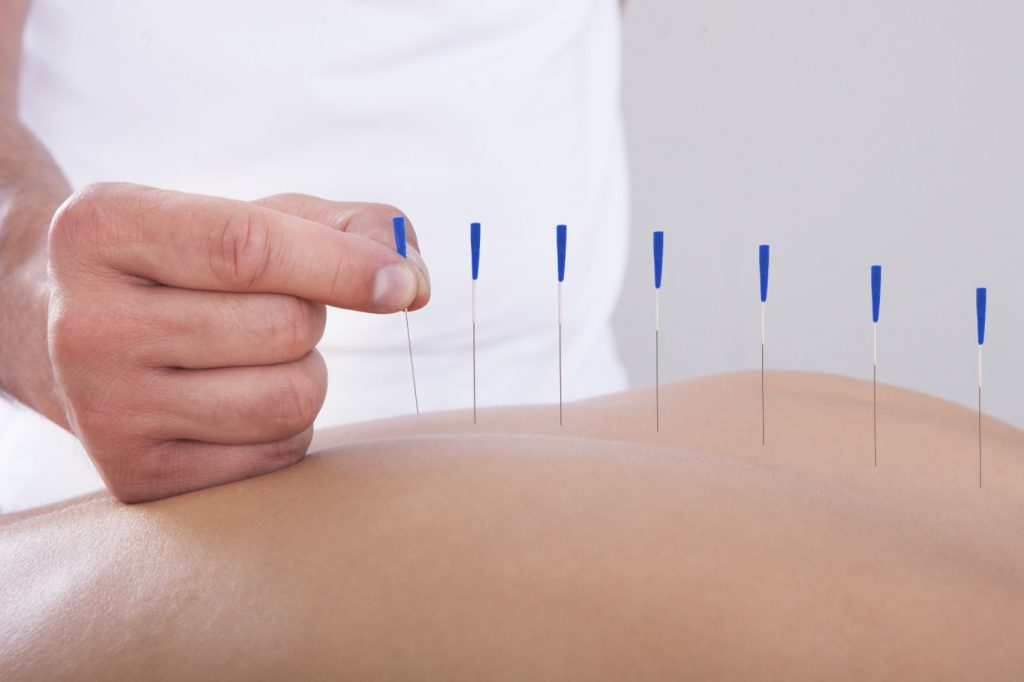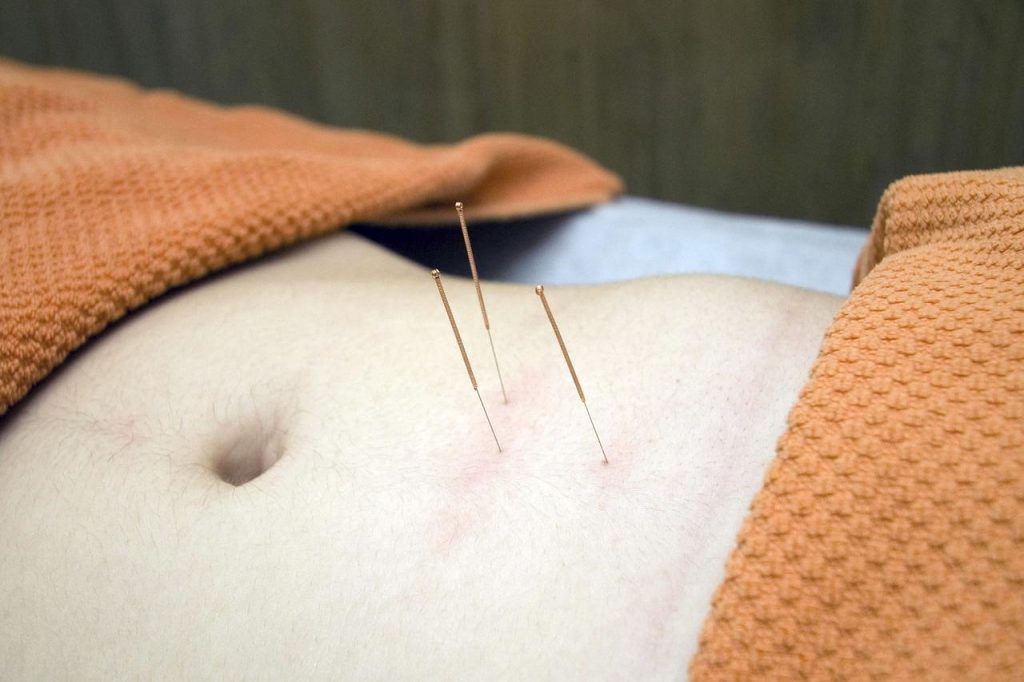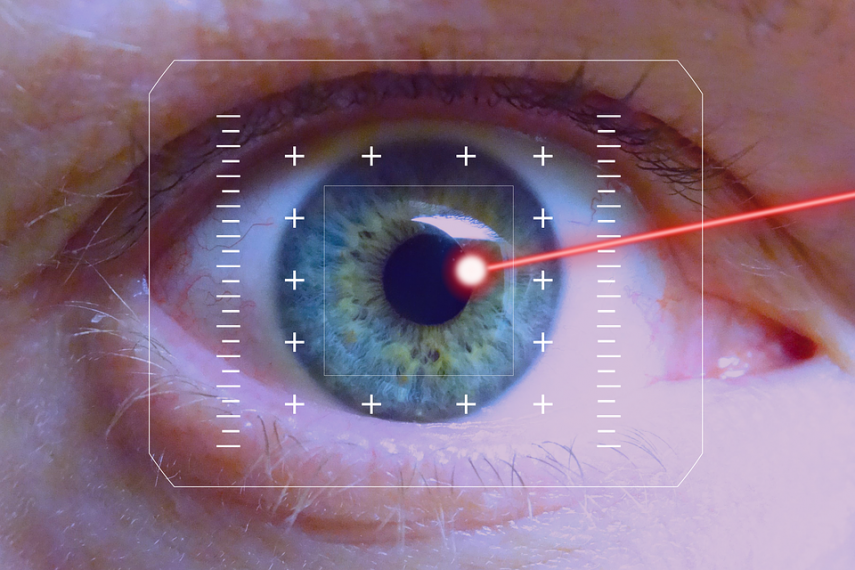Acupuncture for Improving Lower Back Pain: Does It Work?
Back pain is a common problem that affects most of the population at some point in their lives. However, things have not always been so since the back pain is rather a condition of modern man.
Generally, the human body exists for movement, for physical activity. Over time, human activities have become more sedentary. And, whatever benefits technology brings to us, it cannot replace the need for mobility. Thus, sedentary regularly leads to back pain, even in young adults.
Patients often resort to classic medication for back pain. Most common are bed rest, anti-inflammatory medication, painkillers, and specific ointments. However, as these treatments work in the short term, most people search for more efficient treatments such as acupuncture.
In contrast to painkillers and other related medication, acupuncture treats the cause of this disorder. Being a long-term solution. Acupuncture is a treatment of various diseases, belonging to the oriental traditional medicine.
Due to its benefits, the practice has gained increasing interest from the public as well as health professions. Here are some insights upon evidence of the effectiveness and limitations of acupuncture for lower back pain.
Image source: pexels.com
Back Pain: Causes and Symptoms
Lower back pain may be located in the cervical, lumbar, thoracic or coccyx region. Types of lower back pain involve discogenic pain, acute pain – traumatic, musculoskeletal, radicular, myofascial pain. Pains caused by diseases of the internal organs are another possible cause.
In other words, back pain appears a cause of numerous risk factors, the most common being:
- chronic ligation of the lumbar spine (ligament damage),
- cervical spondylosis (affecting the vertebrae synovial joints),
- spinal osteoarthritis (affecting the vertebrae),
- herniated lumbar disc (intervertebral disc damage), especially if the pain goes down into the feet.
- sedentary lifestyle or sitting in a chair for long periods.
A risk factor is an element that increases the chances of having back pain. If a person has multiple risk factors, the likelihood of having low back pain increases. Many neurosurgeons recommend surgery for severe cases affecting locomotory functions. However, the appearance of back pain is delayed and even avoided with alternative medicine.
Image source: Pexels.com
Chinese Medicine and Acupuncture
Compared to traditional therapies, acupuncture is much more effective in treating back pain. Several medical studies stand as proof. Generally, acupuncture is a method of treatment specific to Chinese medicine, which dates back more than 2,500 years.
Specialists believe that there are 20 energy meridians in our bodies. These bind over 2,000 body energy points. Thus, when there is an energy imbalance, in the human body, diseases appear.
Hence, this practice unlocks the meridians through which vital energy circulates. Managing to optimize the health of the entire body. This method consists in applying thin needles, with a diameter of 0.20 or 0.25 mm, to some strategic points of the body, letting them act for 15 to 30 minutes.
Acupuncture for Back Pain
Acupuncture treats muscular disorders without the risk of side effects that medicines may have. Furthermore, acupuncture stimulates the functioning of the central nervous system, the brain, and the bone marrow.
By stimulating the central nervous system, a series of chemicals spread in the brain, muscles, and bone marrow. These substances relieve pain and improve the condition of the patient. Among them are endorphins, which are, also, known as “well-being hormones”.
Acupuncture for back pain involves the insertion of thin needles at distinct depths in certain tactical points of the body. Thereby, among the main points are those from the following areas of the body:
- back of the knees;
- soles;
- sacral region;
- palms;
- hips;
- abdominal area.
In the case of back pain, acupuncture provides curing effects as it:
- Produces analgesia. Local neurological and muscular stimulation releases endorphins and other neurohumoral mediators. These interfere with the processing of the pain signal in the brain and the spinal cord.
- Reduces inflammation – by stimulating the release of vascular and immunomodulatory factors.
- Reduces muscle contraction and increases articular mobility. It improves local microcirculation which drains the tissues edema. As a result, paravertebral muscular contraction lowers.
Image source: pexels.com
Acupuncture Limitations
On the other hand, specialists draw attention that the patient must provide a detailed history. This is mandatory in order to determine the cause of the lower back pain. In case of severe disc herniation or backbone modification, acupuncture is a complementary remedy. Followed only under the advice of a neurologist.
Pain as a result of dysfunctional internal organs does not respond to acupuncture. One common example is the renal colic. Moreover, patients with pain caused by metastases, placed near the spine, must avoid this practice.
Final Thoughts
Back pain is a common problem we experience over the course of life. The causes of back pain are various. Most common may include a sedentary lifestyle, dysfunctional internal organs, obesity. Muscular trauma as a result of incorrect workouts or an aging body are possible causes as well.
Back pain involves muscular stiffness or tension which can interfere with everyday life. Limiting our strength or activity. In summary, in the case of chronic back pain, acupuncture does not replace conventional treatment. But it supports it.
Acupuncture may take place as a main or complementary treatment performed in parallel with that prescribed by a doctor. Therefore, it is advisable to consult a specialist before deciding how to use this method for back pain.
Altogether, when practiced by a specialist, the procedure is considered safe. Side effects are very rare. Thus, acupuncture is the method of treatment for the lumbar pain with the least adverse effects.







